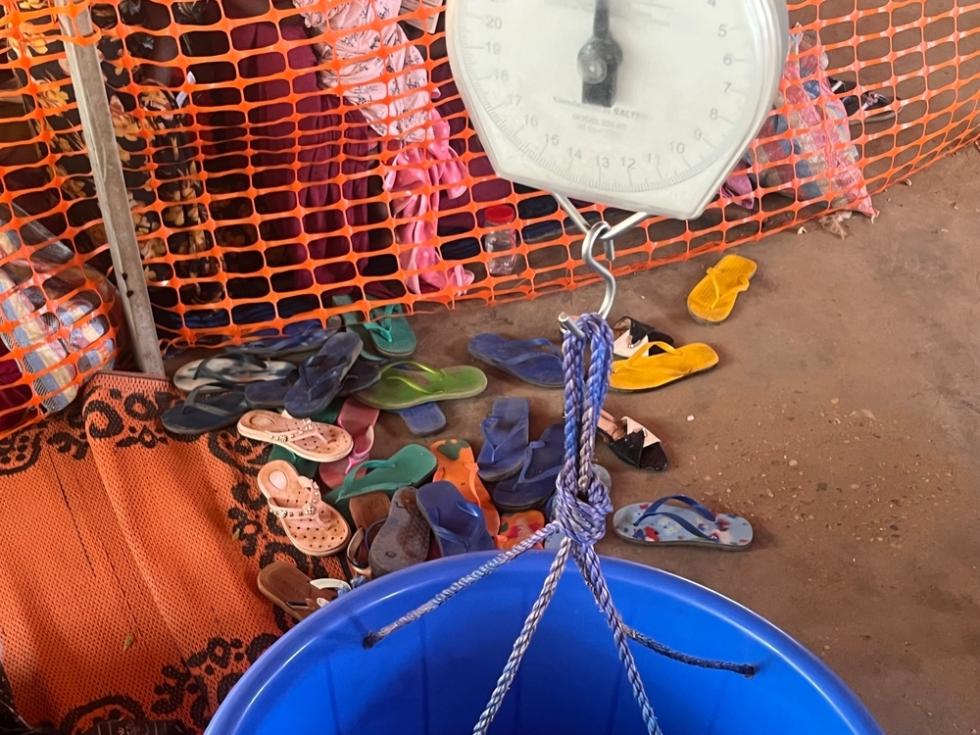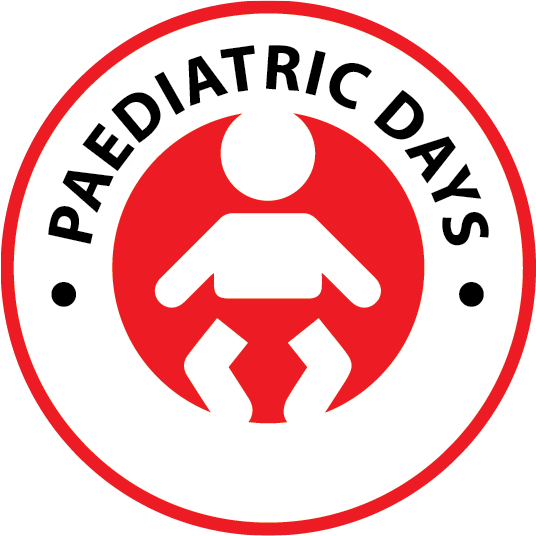Why paediatrics?
CHILDREN REPRESENT THE LARGEST PROPORTION OF MSF PATIENTS
Children are at the core of MSF activities around the world, often being the most vulnerable group in humanitarian emergencies. In MSF health structures in 2022, almost 6 million children under 5 years old were seen as out-patients, and 600 000 were admitted to hospital for treatment. A further 550 000 children received treatment for malnutrition, either as in-patients or in ambulatory care (i). With the inclusion of children up to 15 years old, paediatric patients represent well over 50% of MSF activity.
UNDER-5 MORTALITY REMAINS HIGH
Substantial global progress has been made in reducing child deaths in the last 30 years – since 1990, the global under-five mortality rate has dropped by 59 % (ii). Despite this, an unacceptable number of children, half of whom are neonates, continue to die every day. In 2021, 5 million children under 5 years old lost their lives, equating to a staggering 13 800 children dying per day.
Children in sub-Saharan Africa – particularly West and Central Africa - and southern Asia, bear the brunt of this mortality. 83% of all under-5 deaths occur in these two regions combined, with over 50% of deaths in children of any age occurring in sub-Saharan Africa alone (iii).
SIMPLE TREATMENTS EXIST
Sadly, the majority of deaths in children and neonates could be prevented with access to timely, adequate medical care.
Pneumonia, malaria, and diarrhoea remain the principal paediatric killers (iv), with malnutrition as a contributing factor in almost half of all deaths, even though simple treatments exist for all three. According to UNICEF data, a child dies of pneumonia every 43 seconds (v).
The leading causes of death in neonates - birth asphyxia, prematurity and sepsis - could be dramatically reduced by simple interventions that are ultimately life-saving, such as the presence of skilled birth attendants at delivery, regular antenatal and postnatal care, and breastfeeding.

THE POST-COVID FALLOUT
COVID-19 took the global medical focus for the best part of 2020 and 2021, at the expense of paediatric care. Basic paediatric activities such as routine vaccination, malaria ‘test and treat’, and nutrition programmes were halted while families were urged to stay away from medical centres. As a consequence, we have seen some of the worst outbreaks of vaccine-preventable diseases in decades. Measles cases increased by 79% worldwide in 2022 (vi), while Nigeria is currently battling its second diphtheria outbreak of 2023 (vii). Unvaccinated children are the most at risk of contracting and dying from both diseases. On top of this, there were an estimated 14 million additional cases of malaria in 2020 compared to 2019, mostly linked to pandemic disruptions (viii), with the majority of malaria-related deaths occurring in young children. Lack of regular nutritional surveillance coupled with post-pandemic food insecurity and increased global conflict, have also led to an unprecedented rise in children suffering from malnutrition.
CHILDREN ARE NOT JUST SMALL ADULTS
Many diseases and conditions are specific to children, such as bronchiolitis and croup, while others present differently in children compared to adults, like malaria. Neonatal care is a specific subspecialty of paediatrics which sees conditions that are unique to babies up to 28 days old. For these reasons, babies and children need specialised care from doctors and nurses trained in the recognition and management of childhood illness to ensure adequate care.
WHY THE PAEDIATRIC DAYS?
Despite huge global advances in paediatric and neonatal care in the past 30 years, the availability of high-quality, cutting-edge care is not universal. When scientific research takes place in high-income countries, as is often the case, the resulting evidence-based recommendations may not be feasible in countries without the same health infrastructure and resources. As such, ‘best practice’ must be continuously adapted to different contexts to ensure that guidance and tools are practical and useable while remaining of high-quality. This is often done through operational research which is a key contributor to the development of context-appropriate tools and solutions in MSF and is welcomed and encouraged by the MSF Paediatric Days.
Since 2016, this event has brought together world-renowned paediatric academia and clinical experts, MSF headquarters and project staff – both international and locally-hired – and representatives from other NGOs to present, debate and discuss the specific challenges faced in humanitarian paediatrics, and identify potential solutions. Each event focuses on specific themes where challenges have been identified – over the past 5 editions these have ranged from highly clinical topics such as fluid management in shock, neonatal asphyxia and advanced respiratory support to more operational challenges such as implementation of palliative care and malaria prevention strategies.
The main objectives of the MSF Paediatric Days are:
- To identify gaps in knowledge, research and diagnostic tools specific to paediatric patients in humanitarian settings.
- To understand the latest evidence and adapt practice where possible to the contexts in which MSF works.
- To generate possible solutions to the clinical and operational challenges faced by MSF and other humanitarian organisations.
- To continue to advocate for babies and children in MSF.
The MSF Paediatric Days are open to anyone interested in the improvement of neonatal and paediatric care in humanitarian settings and are not exclusive to paediatric specialist nurses and doctors. Through multidisciplinary brainstorming and teamwork, we hope to find more innovative ways to manage the challenges we face in neonatal and paediatric care in MSF.
Sources:
(i) Data from MSF typology report 2023.
(ii) UNICEF data. https://data.unicef.org/topic/child-survival/under-five-mortality/
(iii) Masquelier B, Hug L, Sharrow D, et al. Global, regional, and national mortality trends in older children and young adolescents (5-14 years) from 1990 to 2016: an analysis of empirical data. Lancet Glob Health. 2018;6(10):e1087-e1099. https://doi.org/10.1016/S2214-109X(18)30353-X
(iv) The Global Health Observatory, WHO https://www.who.int/data/gho/data/themes/topics/topic-details/GHO/child-mortality-and-causes-of-death
(v) UNICEF data. https://data.unicef.org/topic/child-health/pneumonia/
(vi) UNICEF article. Measles cases are spiking globally. May 2022. https://www.unicef.org/stories/measles-cases-spiking-globally
(vii) WHO Disease Outbreak news. Diphtheria – Nigeria. Sept 2023. https://www.who.int/emergencies/disease-outbreak-news/item/2023-DON485
(viii) WHO News release. More malaria cases and deaths in 2020 linked to COVID-19 disruptions. Dec 2021. https://www.who.in
